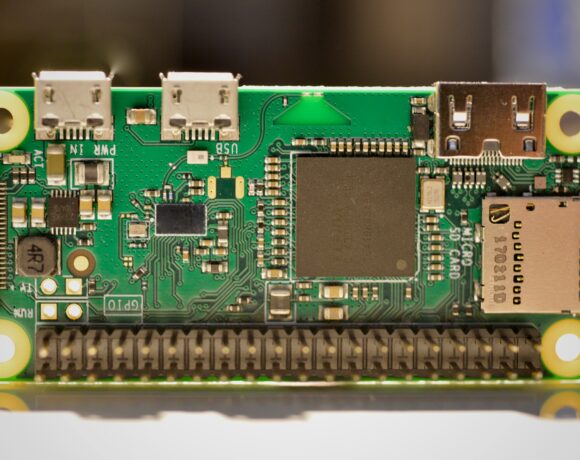The first phase of development is now complete at Clog Na Léinn, a new scheme of A1-rated ‘zero energy’ homes in Collinstown, Co Westmeath. Developed and built by NJ Doyne and designed by architect Louis Peppard, the first 13 houses are now finished, with the first residents moving in in March. The Clog na Léinn development contains a mix of three and four bedroom detached houses, with an emphasis on high quality design and finishes throughout. The dwellings were constructed from a rapid-build closed panel timber frame system, finished externally with a durable render board. Triple-glazed Munster Joinery windows feature throughout.
All of the houses boast A1 BERs, as well as meeting new nearly zero energy building (NZEB) standards. Each house also features a NIBE F730 exhaust air heat pump, which provides all of each dwelling’s space heating, hot water and ventilation requirements. In addition, each house has underfloor heating and a 2.6kW NIBE solar photovoltaic array.
The entire heating, ventilation and solar setup was supplied by Unipipe, and the company’s Paul O’Donnell explained that the beauty of the NIBE system is that it is capable of controlling all of the heating, ventilation and renewables in a house and ensuring it all works together in an integrated, efficient fashion.
“Instead of it just being a heat pump working alone, it can control many things. On a sunny day for instance, it’ll see that you’ve got a lot of free electricity coming from your solar PV system, so it can use that to heat your water, or to turn up your space heating. Or if it’s in the summer, it can use that to increase the cooling,” he said. “It isn’t just different systems all acting in isolation — everything is working together.”
He added: “You can also log in via the NIBE Uplink app and see how much electricity you’re producing, how much energy the system is using, and control the hearing and ventilation.” O’Donnell also emphasised that with eight solar panels on each house, the PV system can deliver a significant amount of each house’s energy demand, rather than just being a minimal installation for Part L compliance.
He said that because the houses are so energy efficient, he estimates each should only have an annual energy bill for heating, hot water and ventilation of about €400 or €500, but with the solar PV system delivering an estimated €600 worth of free electricity each year, the net cost is expected to be less than zero.
Construction Firms Urged To Be Ready For Air Testing Regulations
Leading Irish energy & airtightness consultancy Greenbuild has advised the building industry to be prepared to meet the new requirements, as of January of this year, to test new non-domestic buildings for airtightness on completion.
The rule was introduced under a major revision to Part L of the building regulations for non-domestic buildings, which aims to bring such buildings up to nearly zero energy building (NZEB) standards.
“Where before testing was just compulsory for housing, it is now compulsory for new non-domestic buildings too,” Gavin Ó Sé of Greenbuild, an NSAI approved airtightness tester, said.
Ó Sé said that as well as having years of practical experience in testing commercial and public buildings, the company also prepared for the change in regulations by attending specialist training in the airtightness testing of non-domestic buildings in both the UK and Winnipeg, Canada.
He explained that testing of larger buildings is more complex than testing a typical house because of the larger volumes of air, meaning several fans might often be required, spread out over different parts the building.
“There’s often more complex mechanical installations too, such as ventilation and air conditioning systems, which need to be prepared properly before the test.”
“Some in the industry might get a shock at the sudden requirement for airtightness testing at sign-off in order to comply with regulations, but the pain can be taken out of the process by engaging an experienced tester as early as possible.”













